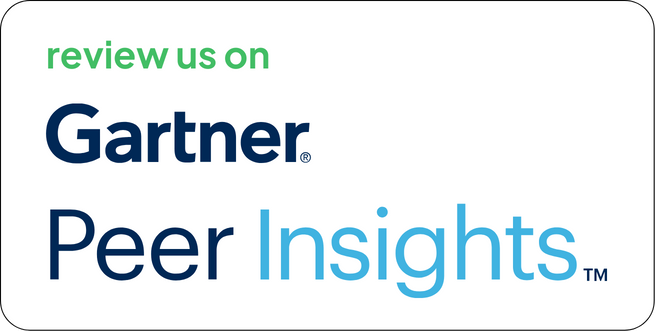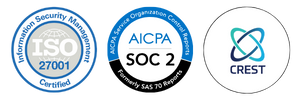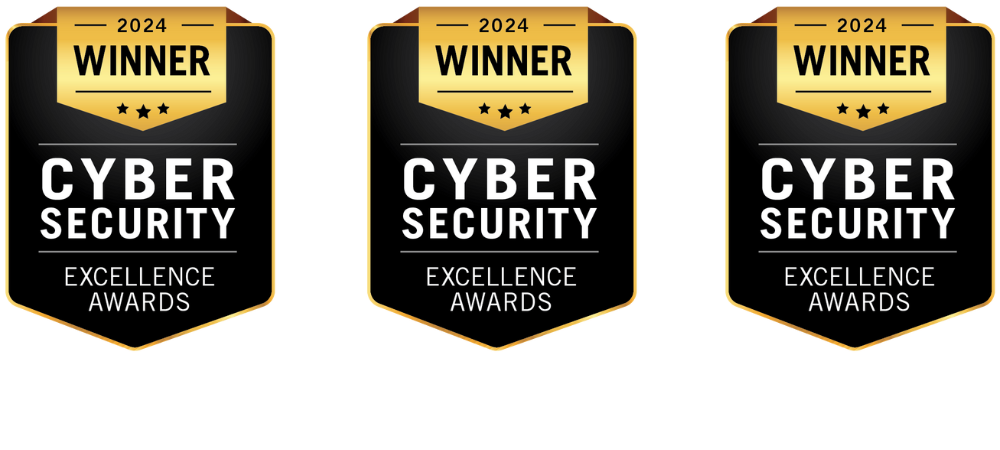InsightVM is widely adopted for vulnerability discovery across hybrid IT environments. It scans deeply, reports broadly, and supports live dashboards and remediation planning. But operationalizing the output is where many teams slow down.
Strobes steps in here, as a purpose-built CTEM platform, to convert InsightVM scan data into risk-ranked, deduplicated, context-rich tasks that feed directly into remediation workflows.
Let’s examine what InsightVM integration in Strobes brings, how it works, and what practical benefits it unlocks for security and DevOps teams managing complex environments.
What Is InsightVM?
InsightVM, Rapid7’s vulnerability management platform, is designed for scalable discovery and prioritization of vulnerabilities across on-prem, cloud, and containerized environments. It offers:
- Continuous asset discovery using agents or agentless scans
- Real-time exposure tracking through live dashboards
- Built-in remediation planning workflows
- Risk score modeling based on CVSS, malware exposure, and exploit availability
However, even with its strong scanning capabilities, teams often find themselves slowed down post-scan due to:
- Volume overload from repeat findings
- Limited customization for cross-functional workflows
- Weak correlation with business impact
- Gaps in automation for assigning and tracking fixes
Strobes integrates directly with InsightVM to fill these operational gaps.
What Is Strobes?
Strobes is a Continuous Threat Exposure Management platform that combines:
- Risk-Based Vulnerability Management (RBVM)
- Application Security Posture Management (ASPM)
- Attack Surface Management (ASM)
- Pentesting-as-a-Service (PTaaS)
Instead of replacing InsightVM, Strobes acts as a coordination layer, ingesting, correlating, and triaging its data into a format that teams can act on with precision and speed.
It helps reduce manual triage, aligns effort with impact, and ensures security and engineering stay in sync through shared workflows and reporting.
Purpose of the Integration
InsightVM integration in Strobes is ideal for security teams who:
- Already use InsightVM for vulnerability discovery
- Are overwhelmed by the volume and repetition of scan results
- Need clearer prioritization beyond CVSS scores
- Want ticketing, tracking, and SLA enforcement from one place
- Must generate structured reports for audits, compliance, and leadership
Instead of acting as another dashboard to monitor, Strobes becomes the execution layer that transforms InsightVM findings into measurable outcomes.
How the Integration Works?
1. InsightVM Data Ingestion
Strobes connects to the InsightVM API and fetches:
- Asset details: IP, hostname, tags, site info, risk scores
- Vulnerability metadata: CVEs, CVSS scores, severity labels, remediation instructions
- Discovery timestamps, exploit exposure, and patch status
Pull frequency is customizable on demand, scheduled daily, or based on triggers.
2. Deduplication and Normalization
Once imported, InsightVM findings are processed to reduce redundancy:
- Duplicates across scan cycles are collapsed
- Findings from InsightVM are correlated with data from other tools (e.g., Tenable, Burp, Snyk)
- Remediated or resolved issues are marked accordingly
This allows teams to work from a clean, focused queue rather than starting over with every scan.
3. Custom Risk Prioritization
Strobes applies an advanced risk scoring engine that considers:
- Exploit maturity and availability
- Business context (e.g., external-facing, crown-jewel assets)
- Asset criticality based on tags and custom logic
The result: only the top-risk issues per asset make it to remediation, reducing noise by up to 80%.
4. Workflow Integration
Findings are automatically routed via workflows:
- Ticket creation in Jira, Azure Boards, or ServiceNow
- Assignment based on asset ownership or vulnerability severity
- SLA timers based on vulnerability class or compliance mandate
- Re-validation tracking via InsightVM re-scans
- Notifications through Slack, email, or Microsoft Teams
This replaces the need for ad-hoc spreadsheet handoffs and enables full traceability.
5. Real-Time Dashboards and Reporting
Within Strobes, InsightVM data powers:
- Custom dashboards by vulnerability source, asset type, and business unit
- SLA tracking by owner, asset group, and severity
- Executive summaries showing exposure trends, open-to-fix ratios, and response speed
- Audit-ready reports for SOC 2, PCI-DSS, ISO 27001, and others
Teams don’t have to rebuild reports every cycle. Metrics are generated continuously, aligned with operational goals.
Why InsightVM integration in Strobes Is Valuable?
1. Volume Control Without Losing Coverage
A typical InsightVM deployment might surface 20,000+ findings across 5,000 assets. Strobes filters that to a fraction that actually matters:
| Problem | Integration Solution |
| High duplicate rate | Deduplication engine collapses noise |
| No ownership metadata | Auto-enrichment with asset context |
| Slow prioritization | Risk scoring customized to business logic |
| Repeated manual ticket creation | Automated workflows and assignments |
2. From Data to Decisions Faster
InsightVM gives excellent visibility. But visibility doesn’t equal action. Strobes ensures:
- Contextual risk is applied on import
- Ticketing is automatic, not manual
- SLA tracking begins immediately
- Fix status is tracked and verified
This makes resolution cycles tighter and less prone to drift.
3. Strengthens Engineering Alignment
Rather than security chasing developers with spreadsheets, teams work from the same system:
- Developers get only validated, contextual issues
- Tickets come with asset impact, exploit details, and remediation paths
- Ownership is enforced at the asset, app, or team level
- Reopen rates drop because findings are validated before closure
4. Audit-Ready at Any Time
InsightVM reports can be technical and static. Strobes enables live dashboards and documentation that:
- Map open issues to controls and policies
- Show progress across internal teams or environments
- Offer proof of remediation with timestamped validation
- Export in formats suited for both GRC and executive review
Ideal Use Cases
InsightVM integration in Strobes fits best for organizations that:
- Use InsightVM as their primary scanner
- Want to consolidate findings from multiple tools
- Need automation to reduce manual workflows
- Prioritize data-driven remediation and SLA governance
- Operate hybrid infrastructure (cloud, containers, on-prem)
Whether you’re a scaling SaaS company or a large enterprise with strict compliance needs, InsightVM integration in Strobes reduces operational friction and improves remediation throughput.
Final Thoughts
InsightVM delivers rich scan data. But without prioritization, context, and workflow integration, scan data becomes technical debt.
Strobes enables teams to act on the right data faster. It converts InsightVM output into ranked, assigned, and tracked tasks visible from security to engineering to compliance.
→ Want to streamline InsightVM operations? Contact the Strobes team





